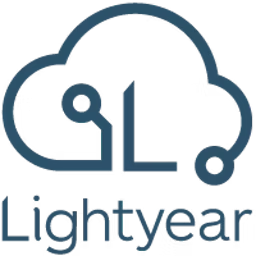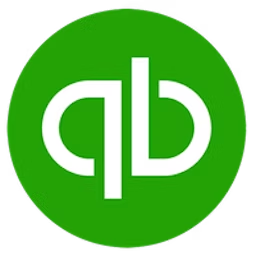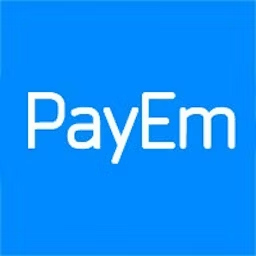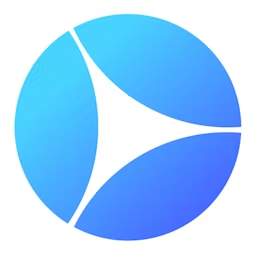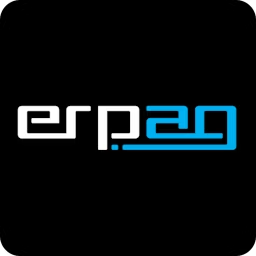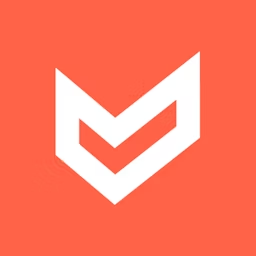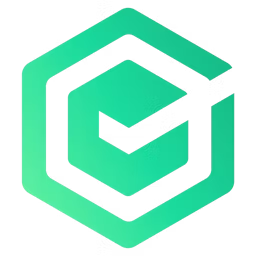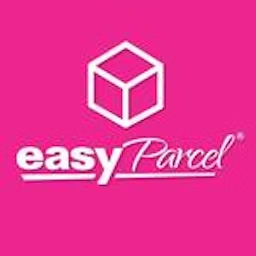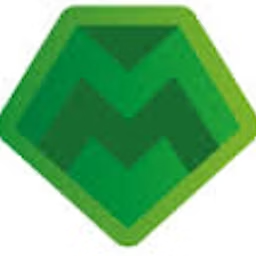Compare purchasing and procurement software to decide which one best aligns with your logistics goals.
Purchasing and procurement are two distinct but interconnected processes within an organization’s supply chain management. Both processes share the common objective of acquiring goods and services required to meet the operational needs of an organization, along with several difficult aspects, such as supplier selection, supply chain disruptions, and stakeholder collaboration.
While businesses can benefit from a purchasing or procurement tool to process these issues efficiently, it is important to understand the difference between the two systems to select the right one that aligns with your business goals.
This article discusses the similarities and differences between purchasing and procurement software so you can select the right one for your business needs. For each software category, we’ve also included the top five products based on verified software reviews. Read more.
What is purchasing software?
Purchasing software automates the entire purchasing process for businesses—right from finding suppliers and analyzing budgets to comparing products and making payments for indirect goods and services. These tools typically include important security, compliance, and reporting features for enabling an accurate purchase order and requisition process.
Purchasing solutions provide supply chain managers improved visibility over day-to-day transactions and identify the least productive areas that are subject to higher expenditures. These platforms often offer integrated tools for invoice approval, inventory control, asset management, customer service, and work order management.
Core features of purchasing software
The core features of purchasing software are:
Invoice processing: Generates, processes, executes, and manages supplier invoices. The software also facilitates the routing of invoices through predefined approval workflows. Moreover, it may include reporting and analytics capabilities to track invoice processing metrics, such as invoice cycle time, bottlenecks, and payment trends.
Purchase order management: Creates, manages, and tracks purchase orders and their statuses. The feature enables users to generate online invoices using standardized templates and fields for entering important information, such as vendor details, item descriptions, quantities, and prices. Users can also track the progress of purchase orders—from creation to approval.
Requisition management: Enables businesses to review, approve, and cancel purchase requests for goods or services. The software provides a centralized platform for users to submit requisitions, allows for automated routing, and facilitates communication between requesters and procurement teams.
Spend management: Monitors and helps businesses optimize their spending across various procurement activities. The system consolidates data from multiple sources, such as purchase orders, invoices, and expense reports, and offers tools to control expenditures and improve cost efficiency.
5 top-rated purchasing software
These products are listed in alphabetical order. (Check how we selected them.)
To present the most up-to-date information, the product information below shows the latest real-time ratings, which may differ from the ratings values at the time this report's analysis was conducted, since new reviews may have been left in the meantime.
Trial/Free Version
- Free Trial
- Free Version
Device compatibility
Trial/Free Version
- Free Trial
- Free Version
Device compatibility
Trial/Free Version
- Free Trial
- Free Version
Device compatibility
Trial/Free Version
- Free Trial
- Free Version
Device compatibility
Trial/Free Version
- Free Trial
- Free Version
Device compatibility
What is procurement software?
Procurement software manages the entire purchasing cycle for businesses and helps them maintain optimum inventory levels at all times. It also automates the resource acquisition and supplier relationship management processes for users and helps procurement teams generate and execute purchase orders.
Majorly used by Request for Quote (RFQ) managers in procurement teams, procurement software helps analyze bids during auctions to ensure businesses are sourcing their products with the best value. The software offers a broad range of tools for tracking, analysis, and reporting on business process efficiency.
Core features of procurement software
The core features of procurement software are:
Requisition management: Automates the process of request creation for purchased goods and services, facilitates approval, and provides visibility into requisition status. The software may also include reporting capabilities to provide businesses insights into requisition patterns, approval timelines, and other related metrics.
Supplier management: Assists in managing and maintaining relationships with suppliers throughout the procurement process. Supplier management feature in procurement software typically helps with supplier onboarding, supplier database, performance monitoring, and supplier communication and collaboration.
5 top-rated procurement software
These products are listed in alphabetical order. (Check how we selected them.)
To present the most up-to-date information, the product information below shows the latest real-time ratings, which may differ from the ratings values at the time this report's analysis was conducted, since new reviews may have been left in the meantime.
Trial/Free Version
- Free Trial
- Free Version
Device compatibility
Trial/Free Version
- Free Trial
- Free Version
Device compatibility
Trial/Free Version
- Free Trial
- Free Version
Device compatibility
Trial/Free Version
- Free Trial
- Free Version
Device compatibility
Trial/Free Version
- Free Trial
- Free Version
Device compatibility
Purchasing vs. procurement software: How are they similar?
The terms purchasing and procurement are sometimes used interchangeably as both relate to the acquisition of goods and services. However, it is important to note that purchasing is a subset of procurement, and therefore, procurement software often includes the features of purchasing software and vice-versa.
Some of the common features shared by both these tools include purchase order management, supplier management, invoice processing, spend management, and requisition management. The tools also include reporting capabilities for spend analysis, supplier performance analysis, savings tracking, and pattern recognition.
Purchasing vs. procurement software: Which one is right for your business?
As compared to procurement software which encompasses a broader set of functionalities that extend beyond the purchasing process, purchasing software typically covers activities such as creating and managing purchase orders, tracking orders, and managing vendor information. If you need a tool majorly to manage the transactional aspects of buying goods and services, purchasing software could do the work for you. However, if you want a solution that manages your entire procurement lifecycle–from vendor sourcing and supplier management to supplier contract negotiation and spend analysis, consider investing in procurement software.
In addition to your end goals, consider the teams that are most likely to benefit from the software. While purchasing managers looking to automate the operational aspects of the procurement process can consider purchasing software, RFQ, or procurement professionals looking to control the budget, reduce costs, and enhance transparency in approvals and spending process are more likely to benefit from a procurement tool.
Once you’ve decided which software to use, head to our purchasing and procurement software category pages where you can find a sortable list of products and software reviews from verified users.
How to choose purchasing vs. procurement software
Below are a few important things you can consider when selecting between purchasing and procurement solutions.
Understand your business requirements: Begin by identifying your specific business requirements and current processes. Along with the size of your organization and the complexity of your procurement process, identify areas that need improvement or automation. For example, you may need a tool simply to streamline your purchasing process or a comprehensive solution to optimize supplier selection or facilitate supplier contract management. This evaluation will help align your needs with the capabilities of the available software options.
Look for purchase requisition and approval functionality: Both purchasing and procurement software solutions typically allow users to create and manage purchase requisitions. With this feature, employees can submit requisitions electronically, thereby eliminating the need for manual paperwork. Once a requisition is submitted, the software routes it to appropriate approvals based on predefined rules and hierarchies.
Consider reporting and analytics capabilities: Purchasing and procurement solutions usually provide reporting and analytics tools to provide users insights into purchasing activities. The feature helps purchasing and procurement professionals generate customizable reports, track spending, identify cost-saving opportunities, and make informed purchasing decisions.
Common questions when selecting purchasing vs. procurement software
Here are some questions you should ask software vendors before finalizing your purchase:
Does the software integrate with ERP and accounting tools?
Integration with an enterprise resource planning (ERP) or accounting system is important to ensure seamless data flow, real-time visibility, and accurate inventory management. Other than other integrations, which may include supplier portals, eCommerce, and communication software integrations, make sure that the tool you select, whether purchasing or procurement, should integrate well with popular ERP and accounting systems.
Does the system offer a compliance management feature?
Purchasing and procurement tools may include features, such as audit trail and risk management to ensure that the purchasing department complies with regulatory requirements, business policies, and industry standards. Considering a software solution with compliance management features will help you meet legal obligations, enforce internal policies, and maintain transparency throughout the procurement process.
Does the software offer data migration and data security capabilities?
When choosing purchasing and procurement solutions, it is important to ensure that the software offers reliable mechanisms to transfer data from multiple sources, such as Excel and database files to the new software. Additionally, it should offer security features, such as access controls, encryption, data backup, and secure data transmission to address concerns during data migration.
